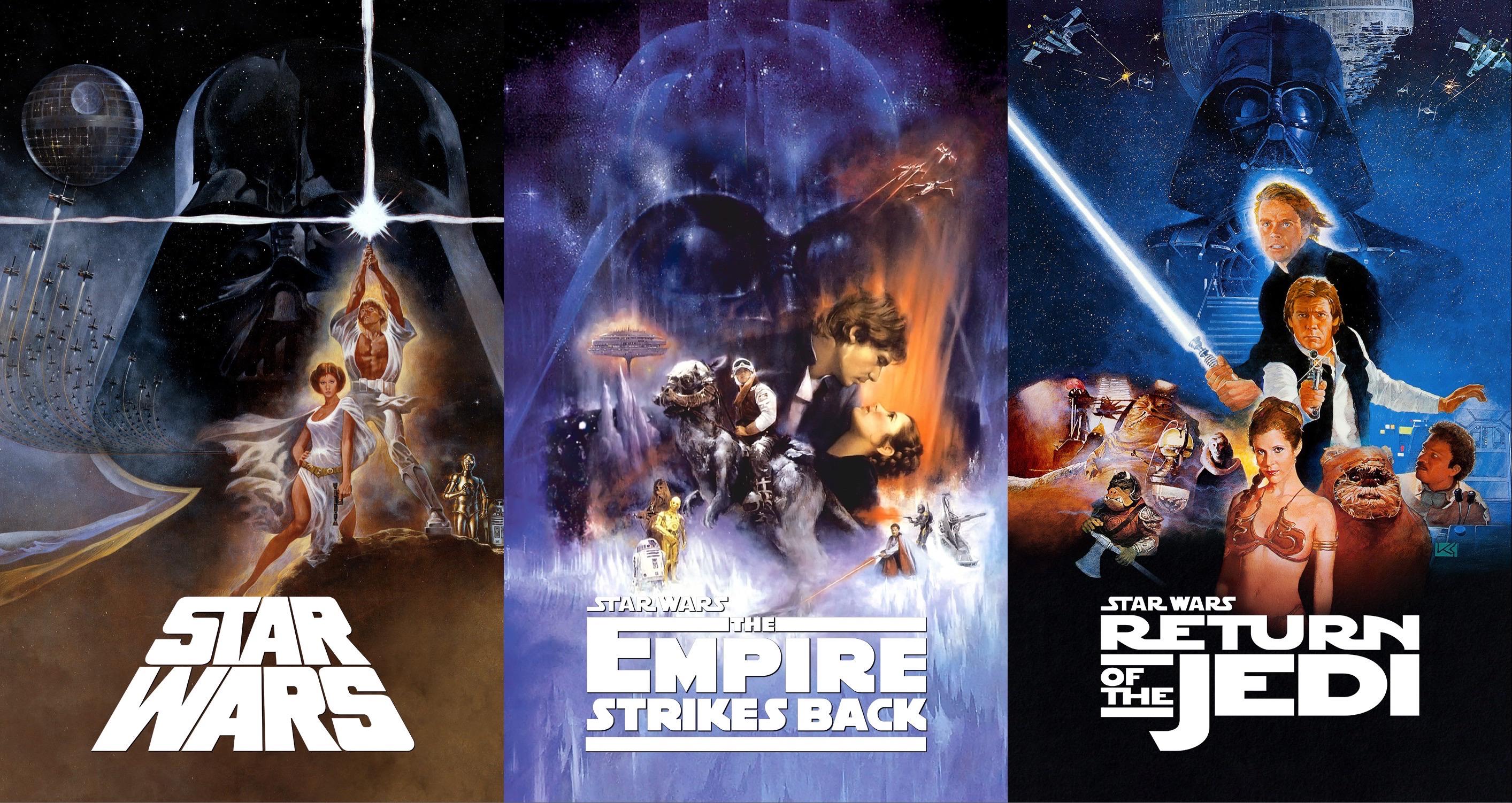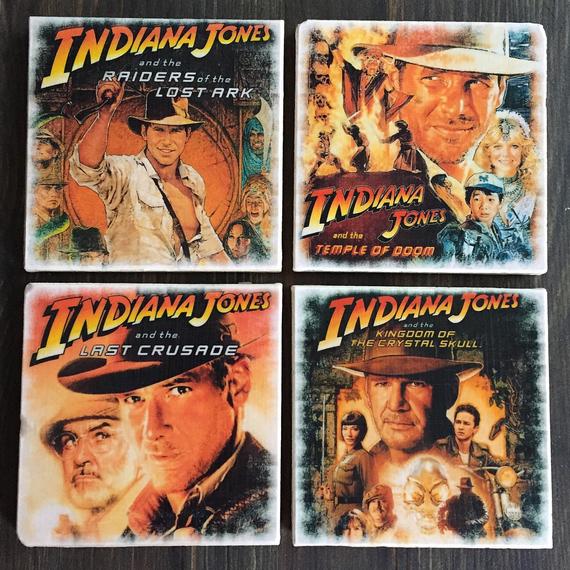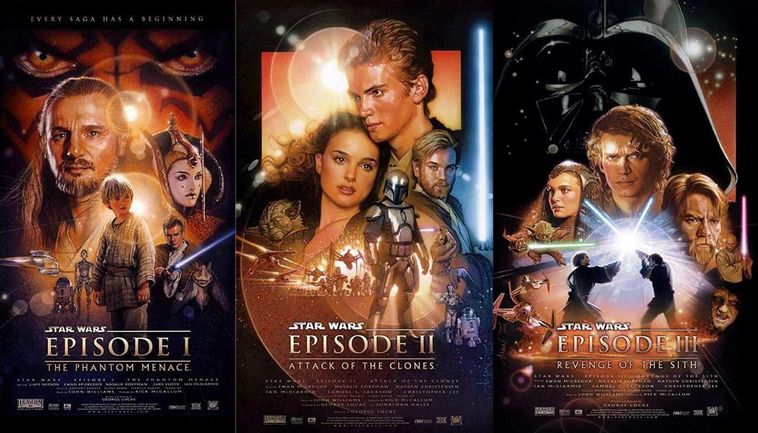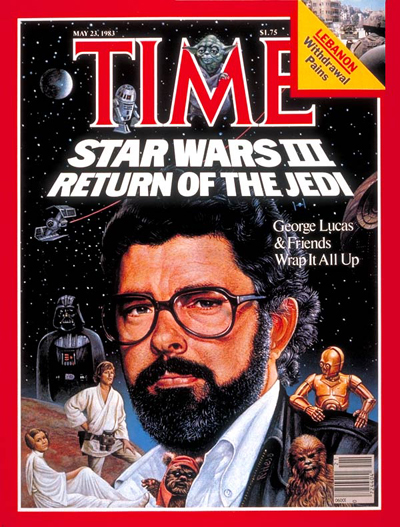About Him
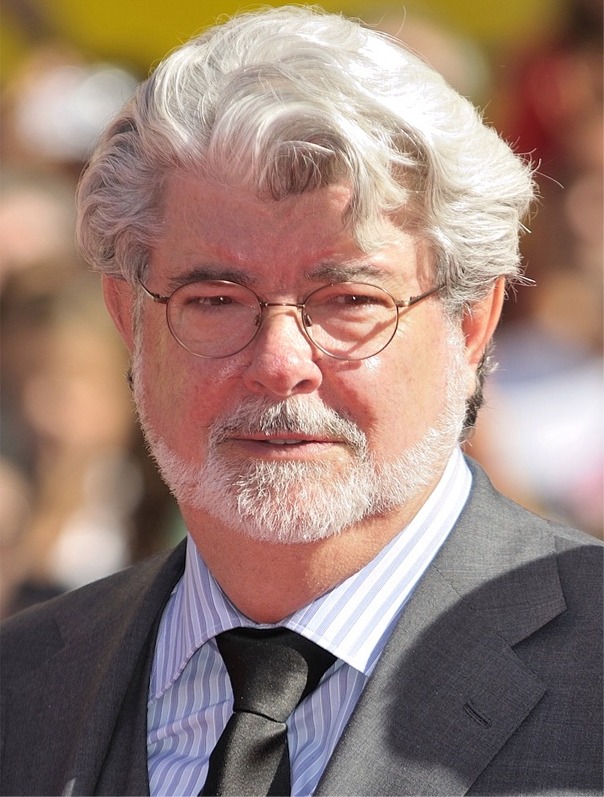
George Lucas at 2009 Venice Film Festival
History:
George Walton Lucas Jr. was born on May 14, 1944 in Modesto, California. Before young Lucas became obsessed with the movie camera, he wanted to be a race car driver, but a near-fatal accident changed his mind. He attended community college and developed a passion for cinematography and camera tricks. Following the advice of a friend, he transferred to the University of Southern California's film school.
After graduating from the University of Southern California in 1967, Lucas co-founded American Zoetrope with filmmaker Francis Ford Coppola. Lucas wrote and directed THX 1138 (1971), which was a critical success but a financial failure. His next work as a writer-director was the film American Graffiti (1973), inspired by his youth in the early 1960s Modesto, California, and produced through the newly founded Lucasfilm. The film was critically and commercially successful and received five Academy Award nominations, including Best Picture.
Lucas's next film, the epic space opera Star Wars (1977), had a troubled production but was a surprise hit, becoming the highest-grossing film at the time, winning six Academy Awards and sparking a cultural phenomenon. Lucas produced and co-wrote the sequels The Empire Strikes Back (1980) and Return of the Jedi (1983). With director Steven Spielberg, he created, produced, and co-wrote the Indiana Jones films Raiders of the Lost Ark (1981), The Temple of Doom (1984), The Last Crusade (1989) and The Kingdom of the Crystal Skull (2008).
In 1997, Lucas re-released the Star Wars Trilogy as part of a special edition featuring several alterations; home media versions with further changes were released in 2004 and 2011. He returned to directing with a Star Wars prequel trilogy comprising Star Wars: Episode I – The Phantom Menace (1999), Star Wars: Episode II – Attack of the Clones (2002) and Star Wars: Episode III – Revenge of the Sith (2005). He last collaborated on the CGI-animated television series Star Wars: The Clone Wars (2008–2014, 2020), the war film Red Tails (2012), and the CGI film Strange Magic (2015).
